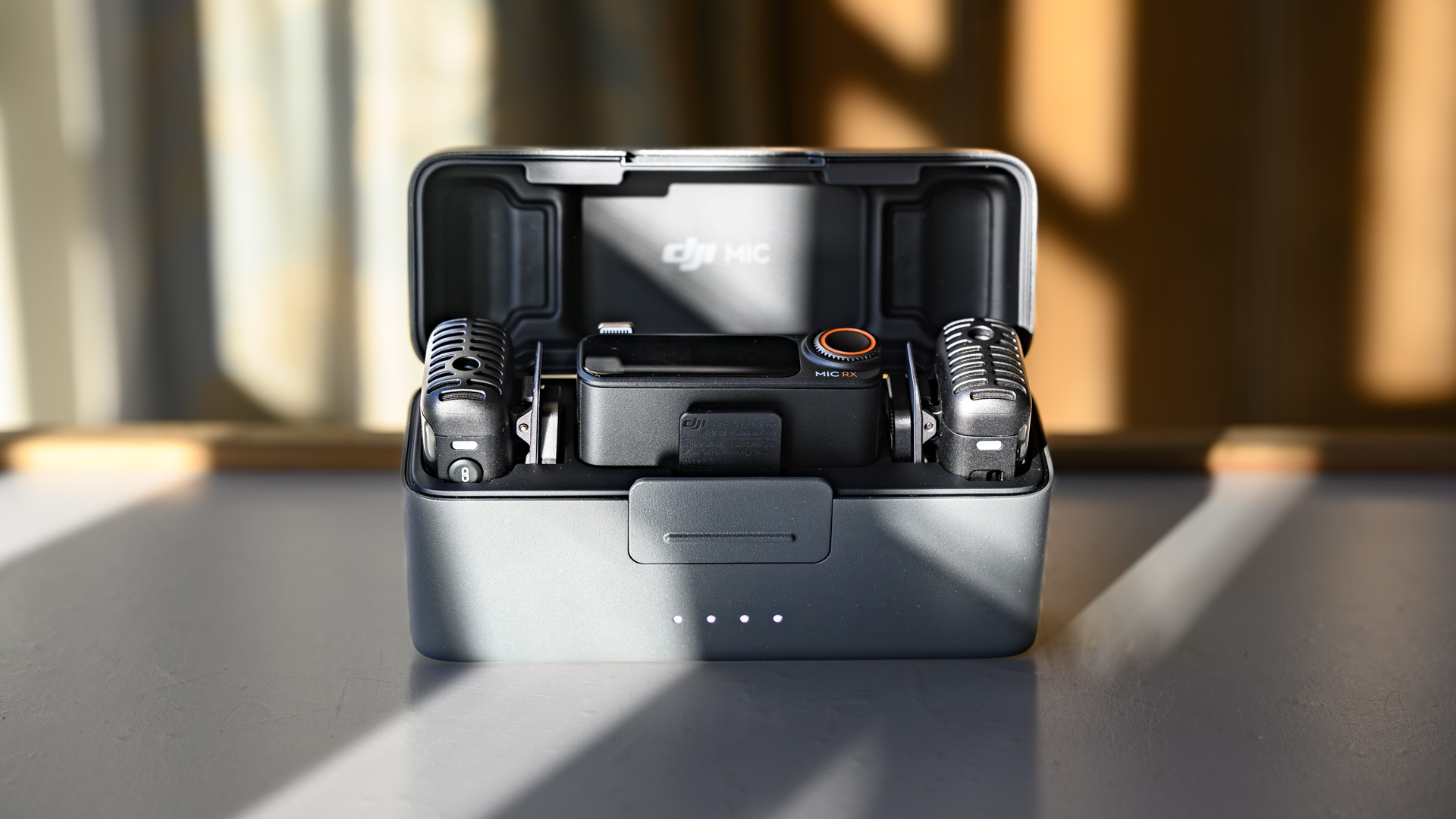
The DJI Mic 2 is the company’s latest portable wireless mic system, designed to deliver high-quality sound – and especially to enable clear vocals – without the fuss that often comes with complicated pro-level audio gear.
This second-gen model rivals the Rode Wireless Pro, boasting some exciting new DJI tech that includes 32-bit float audio capture and AI-powered ‘intelligent noise reduction’. In short, straight out the box (or should I say charging case) you can start recording audio in auto mode, even in complex environments, without worrying about clipping, or the distracting noise around you.
These smart pro-level features are packed into the same fool-proof design as the DJI Mic, with reliable magnetic mounts for quick mic setup with your subjects, and an instant sync between mic and receiver.
@techradar ♬ just outside, you can see the northern lights - Daniel G. Harmann
The complete kit includes two transmitters (mics) for dual-channel audio (covering two subjects or a single subject with stereo sound), one receiver, a charging case, wind shields, and a lav mic, plus the necessary connectors, with all the components squeezed into a tiny carry case. At $349 / £309 for the complete kit (about AU$530 – pricing for Australia is TBC), the DJI Mic 2 is a dream bit of gear for those working on small video productions, and for solo content creators who don’t have the luxury of having a dedicated audiofile on set.
Why all the fuss about 32-bit float?
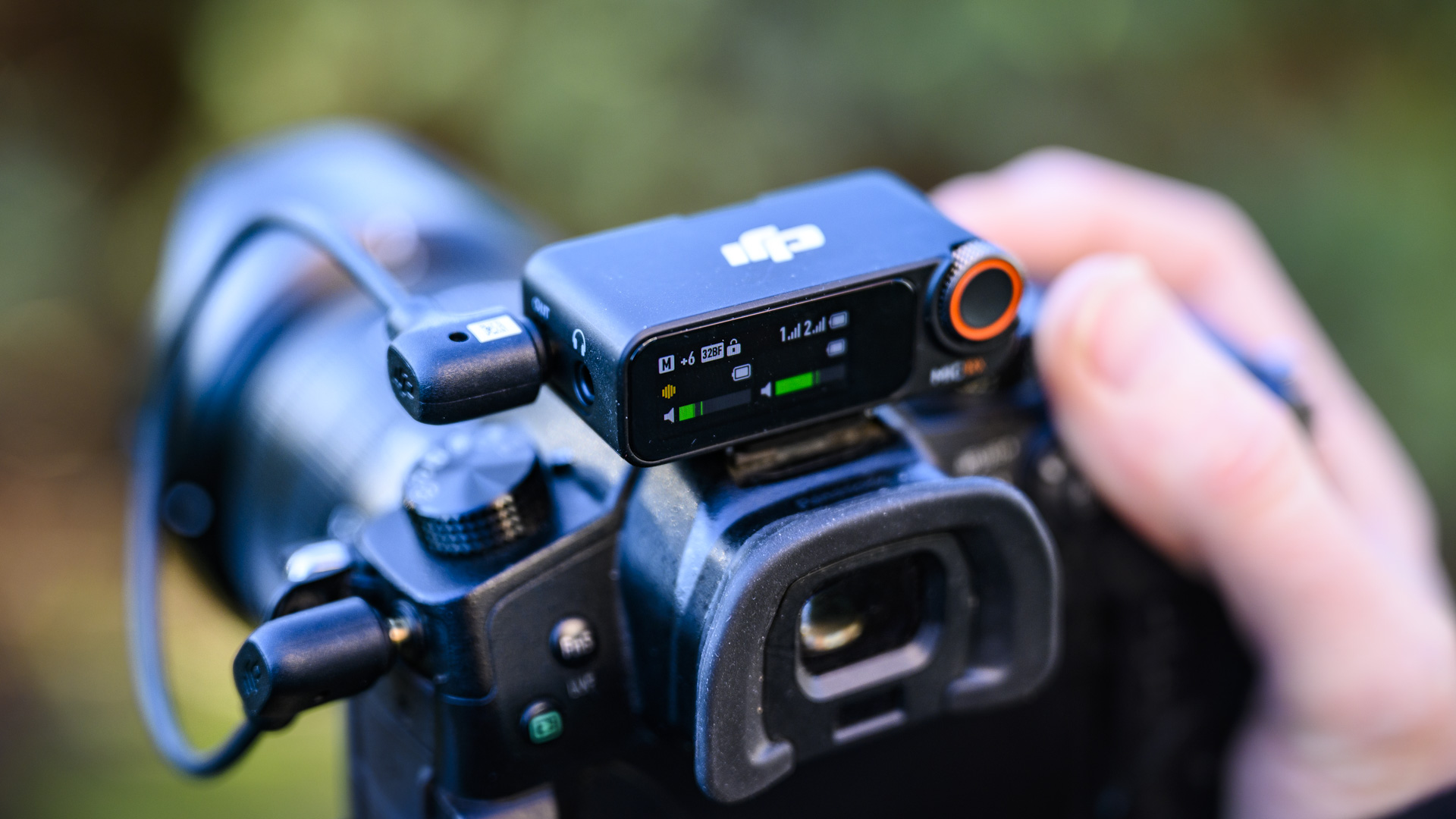
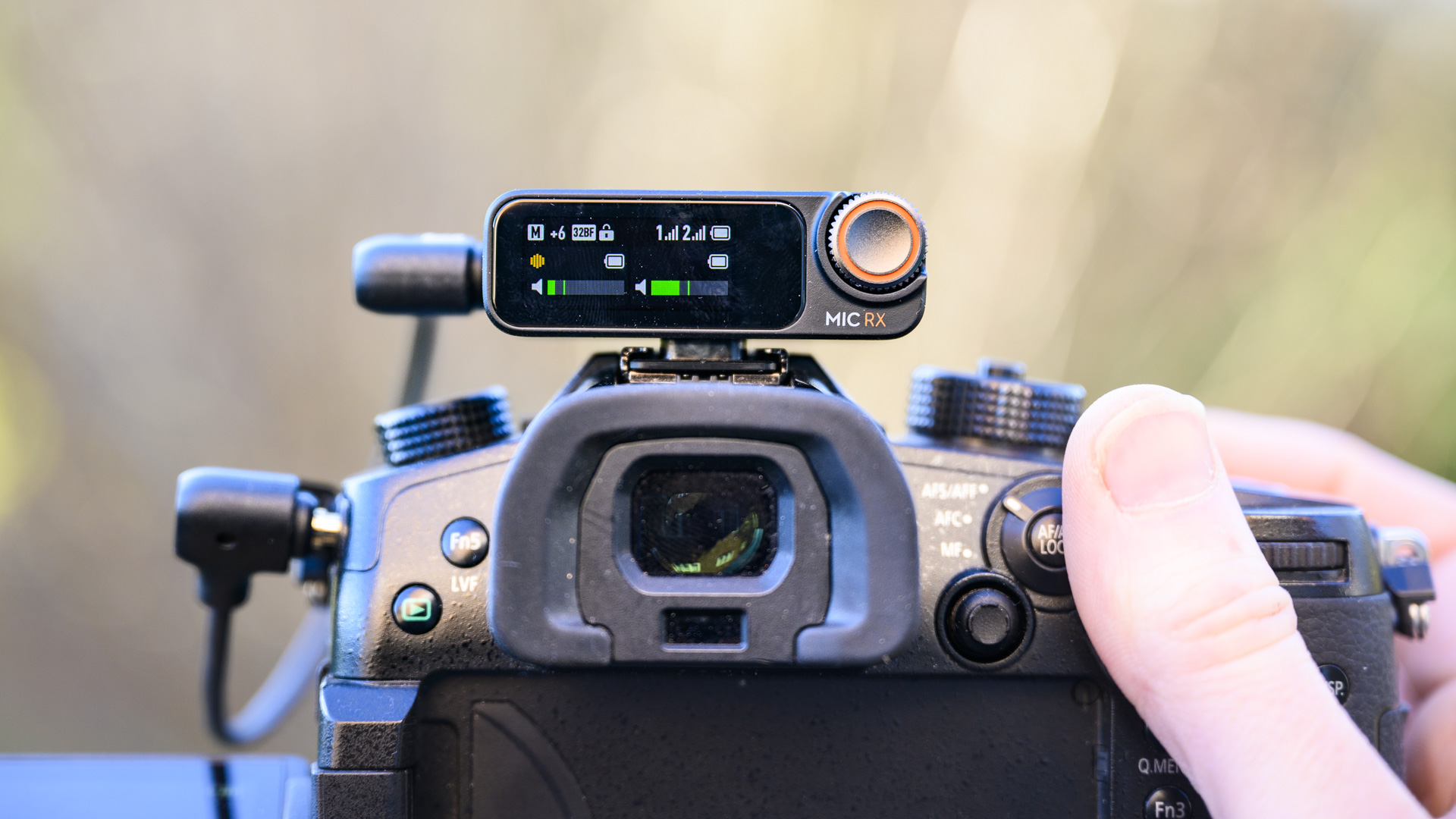
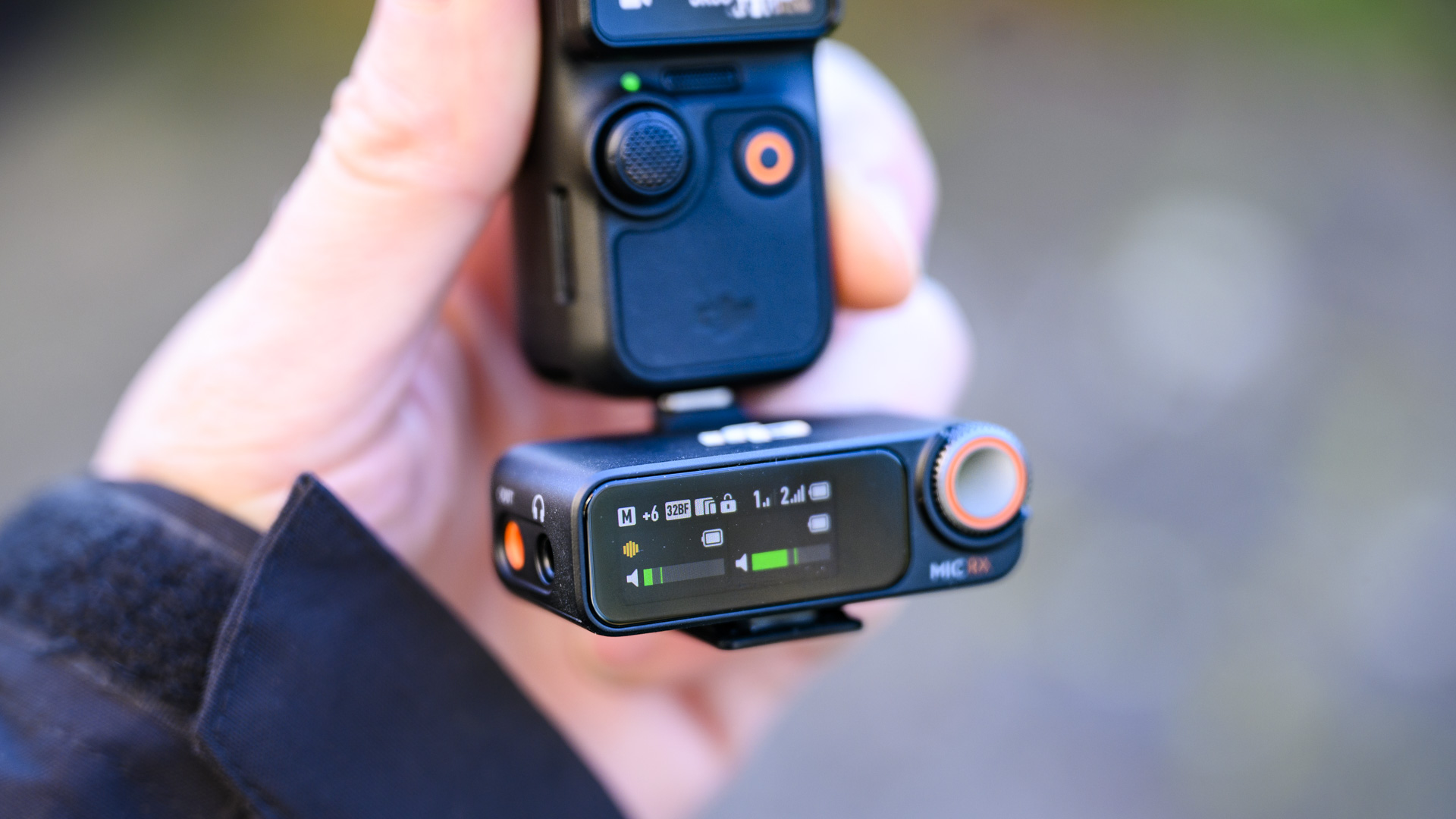
In short, 32-bit audio has a greater dynamic range than 24-bit – which is the range of the first-gen DJI Mic – at 192dB to the original DJI Mic's 144.5dB, while 16-bit is only 96.3dB. However, 32-bit float (not a fixed frequency point) encodes wider values and has a potential range that covers up to 1,528dB.
Available now, the complete DJI Mic 2 comprises two transmitters (in Black or Pearl White), one receiver, a charging case, lightning and USB-C receiver connectors, two windshields, a lav mic, plus carry case, and costs $349 / £309 (about AU$530). If you only need a single receiver and no charging case, then it's $219 / £189 (about AU$330), while you can buy some of the items separately, like the transmitters for $99 / £89 (about AU$150).
What do those numbers mean in reality? For one, 32-bit float can completely avoid audio clipping – for example when the sound suddenly goes really loud. Audio clipping is a major stress for filmmakers on set and in post production, for whom 32-bit float can be a godsend.
To use a digital photography analogy, it’s kind of like shooting raw instead of JPEG – with raw you can recover way more high-quality detail that would otherwise be lost with JPEG when the exposure is too bright or dark, or better correct color temperature when it’s off. So even if you get it wrong at capture, you can still turn out a decent final image.
If you were to nail the exposure and color correctly at the point of capture, then JPEG format is sufficient, and in the same way, if you set audio gain correctly from the start, 24-bit should sufficiently capture audio frequencies. However, the reality for many video productions is that audio simply cannot be monitored easily on set, where anything can happen, including sudden high frequencies like your subject shouting into the mic. Whether you’re an amateur or a pro, 32-bit float is a big deal for audio recording – it's the ease of auto audio, with the flexibility to handle the unexpected.
Smart audio
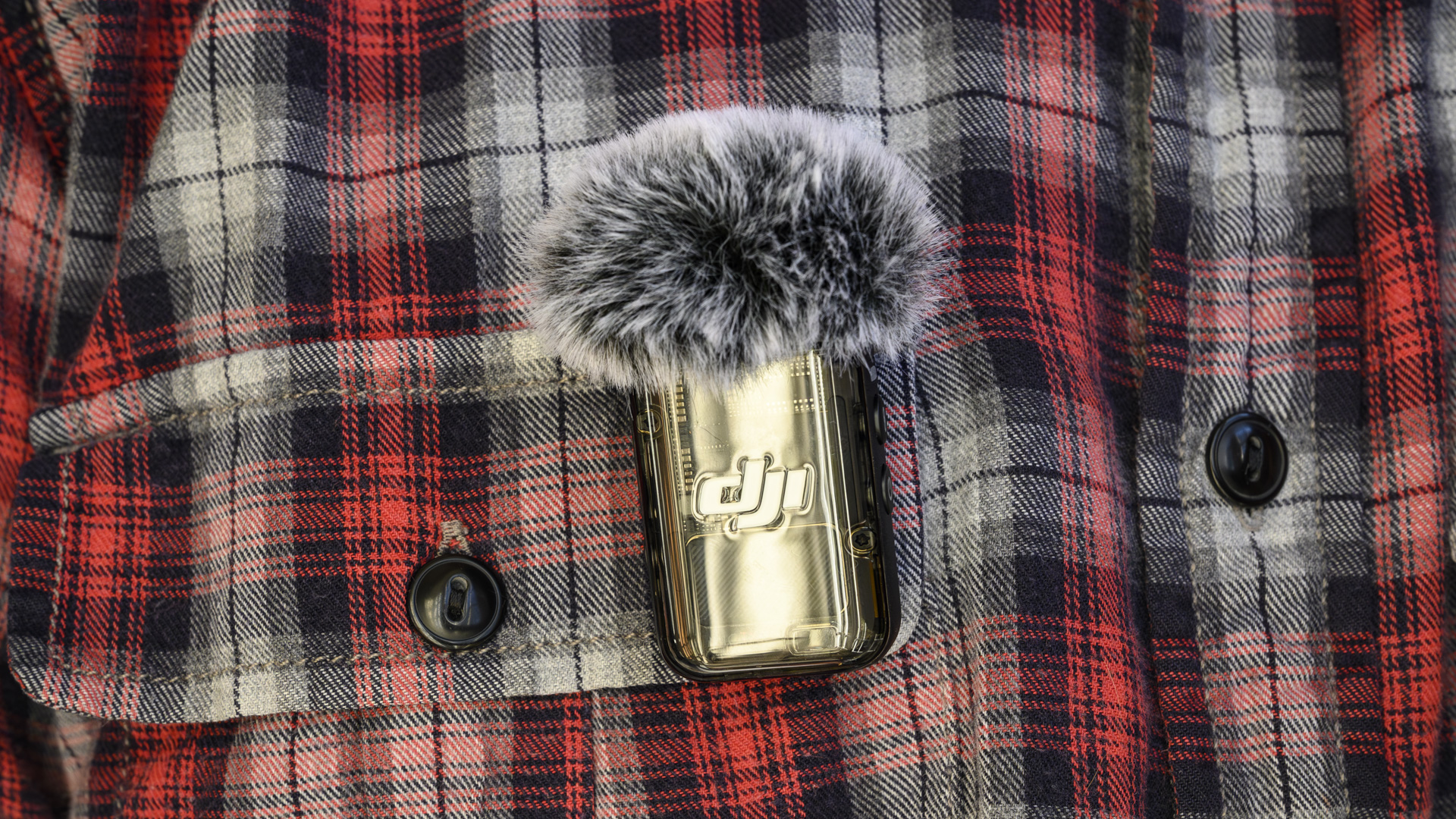
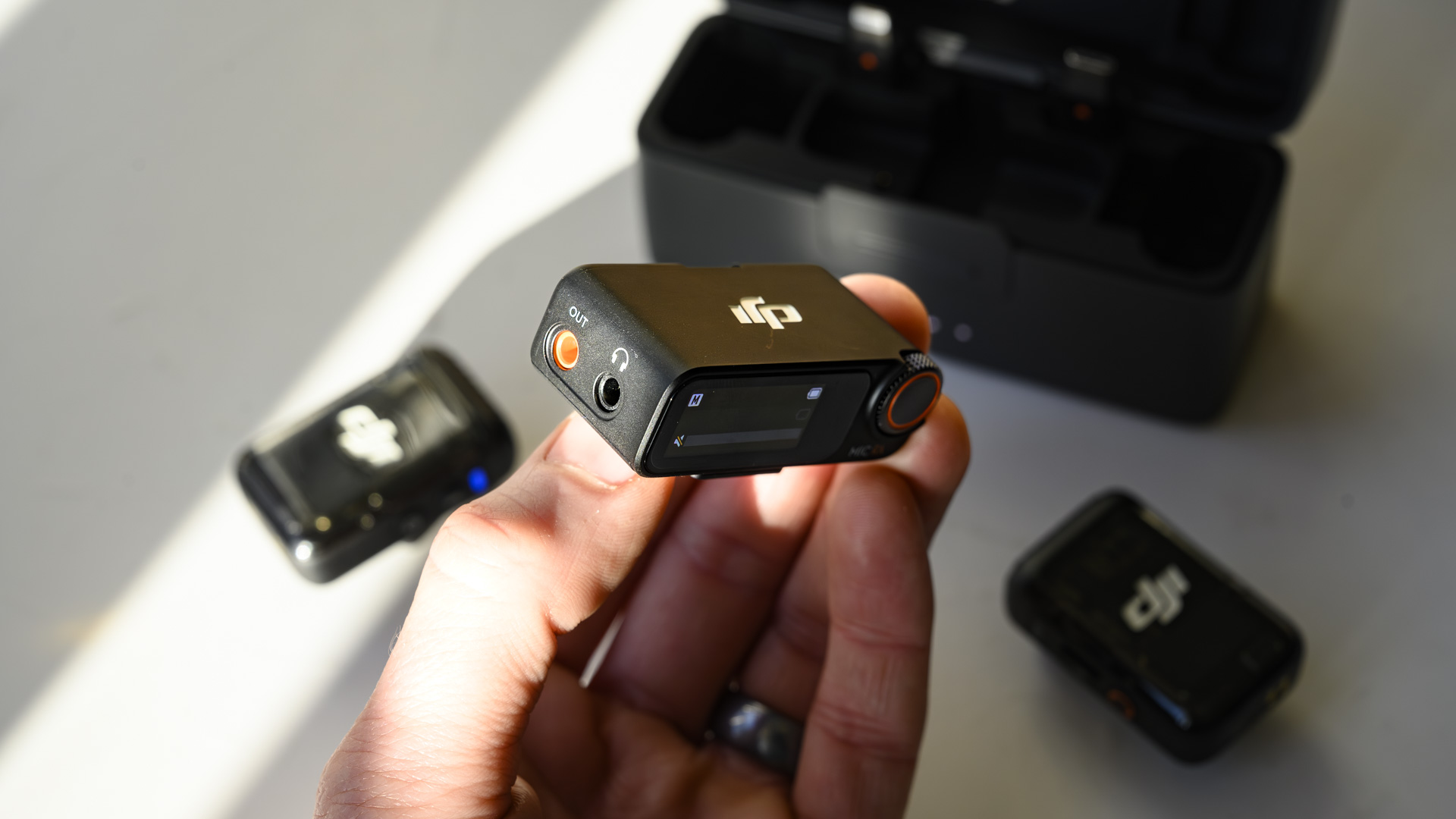
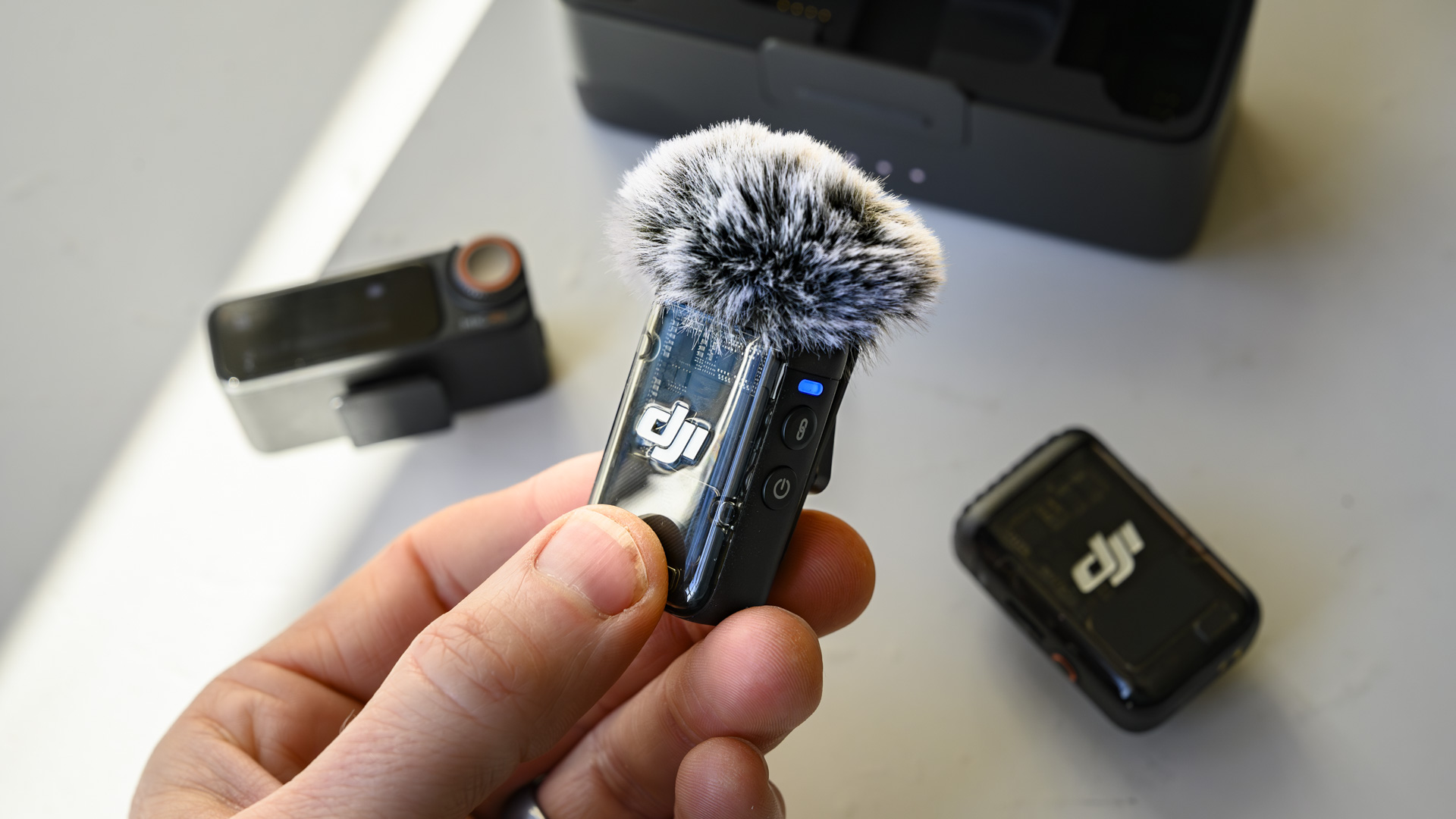
In addition to 32-bit float, DJI has introduced AI noise reduction that effectively reduces environmental noise. Whether you’re travel-vlogging from a bustling city street, wandering echoey conference halls at an event, or dealing with the hum of road traffic or an air conditioner fan in earshot of your interviewee, DJI’s intelligent noise reduction could become a super-handy tool, ensuring maximum possible vocal clarity.
Another new tool is direct Bluetooth connection between camera and transmitter, effectively bypassing the DJI Mic 2 receiver – ideal for the times you’d rather not connect the receiver to your phone (or DJI Omso Pocket 3 / Osmo Action 4). I should point out that if you opt for that connection method, you lose the ability to record in 32-bit float. You can also opt for Safety Track, which records a backup second track at -6dB should there be severe audio spikes. Neat.
If you want engaging video content, great-quality sound is vital, but achieving that is easier said than done. For vloggers and small video production outfits, who are often working in high-pressure shoots with limited resources, the powerful, smart and no-fuss DJI Mic 2 is a superb option.
You can find out more in our upcoming review, plus you can also check out TechRadar's Tiktok.







